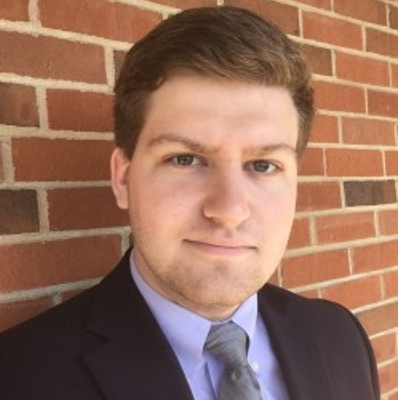June 15, 2020
On May 31, hundreds of people in Rio de Janeiro, the second largest city in Brazil, joined protesters around the world in marching against police brutality. While the protest was in solidarity with the wave of Black Lives Matter protests in the US following the killing of George Floyd, Brazilian protesters were marching against their own police brutality problem as well. The state of Rio de Janeiro has one of the highest rates of police violence on Earth, with an average of five killings of civilians each day during the first four months of this year. What is happening in Rio illustrates how a combination of anti-Black racism, militarized law enforcement, and a lack of social services leads to tragic levels of state violence.
Police killings in the state of Rio de Janeiro — which take place primarily in the Rio metropolitan area — have been progressively rising since 2014, but in 2019 grew a stunning 18 percent to reach a record high of 1,810; a far greater amount than the entire US. This April, more than a third of all homicide deaths in Rio state were at the hands of law enforcement. The vast majority of these killings were of Black men.
These levels of violence are nearly unprecedented anywhere in the world. In the United States, the highest per capita level of police killings in a major city where data has been reported is in St. Louis, Missouri, where an average of 18 people per million are killed by the police every year. In the state of Rio de Janeiro, that rate for 2019 was 105 per million people. Though US rates of police killings are drastically higher than in other developed countries, very few nations have reported the levels of violence seen in Rio.
Though the magnitude of the problem may be different, many of the conditions that have led to this tragic level of state violence would likely be familiar to Black communities in the United States. It’s worth noting that the state of Rio de Janeiro is home to the second-largest number of Afro-Brazilians in the country.
Brazil’s multiracial nature has a complex history behind it. As the last nation in the Western Hemisphere to outlaw the slave trade, Brazil has a large Black population — estimated at around 15 million people, with even more identifying as racially mixed — that has been subject to a long a history of oppression and discrimination. Both the US and Brazil share a disturbing legacy of anti-Black racism which is still institutionally pervasive. De facto racial segregation is still a major issue in the city of Rio. Afro-Brazilians make up about 11.5 percent of the state of Rio, but constitute over 75 percent of those killed by police. As in the US, systemic racism and anti-Blackness play an unmistakable role in police violence.
Another issue the two nations share in common is police militarization. In the US, this has been a gradual process spanning many decades; in Brazil, it has been more abrupt. After Brazil emerged from a 19-year dictatorship, its new 1988 constitution democratized many of the nation’s institutions, but left law enforcement institutions tied closely to the military largely unchanged.
The United States has assisted Brazilian police in militarizing through its long history of providing police training and support in Latin America, even for dictatorships like in mid-20th century Brazil. In 1969, the year a military edict put all Brazilian police under control of the army, the number of Brazilian police trained in the US tripled from the year prior.
While police forces in the US and Brazil have expanded rapidly over time, both nations also suffer from weak welfare states. Among some of the world’s most unequal nations, Brazil and the US both suffer from underinvestment in anti-poverty efforts, housing, education, and many more areas of social expenditure that are arguably at least as important as law enforcement itself in reducing crime. Anti-poverty programs expanded significantly under the left-leaning Workers’ Party governments of Lula da Silva and Dilma Rousseff (2003–2016), but under the short-lived Michel Temer government (2016–2019) and the far-right administration of Jair Bolsonaro (2019–present), these programs have been progressively curtailed.
Finally, though police brutality has been a major issue for far longer than any one administration, it’s worth noting how similar the responses of both nations’ current leaders have been. US president Donald Trump and Brazilian president Jair Bolsonaro (who previously served as a representative for the state of Rio de Janeiro) are both right-wing populists with “tough on crime” stances that translate into support for unaccountable law enforcement. Trump often makes remarks dismissing police violence, such as encouraging the police “not to be too nice” to people they’re arresting, while Bolsonaro’s statements go even further, promising to “give the police carte blanche to kill” and stating that “police that kill thugs will be decorated.” While police brutality has only risen slightly under Trump, annual police killings in Rio de Janeiro have more than doubled since Bolsonaro took office.
Conditions in Brazil and the United States are not identical, and the state of Rio de Janeiro suffers from extreme levels of police violence seen in few other parts of the world. But the parallels between the two are hard to ignore. From Rio de Janeiro to Minneapolis, a toxic combination of police militarization, anti-Black racism, and underfunded social services have generated disturbing levels of police brutality, an issue which heads of state either condone or exacerbate. With the world in uproar over the death of George Floyd and many others, the importance of international solidarity in the fight against these problems becomes clearer than ever.






